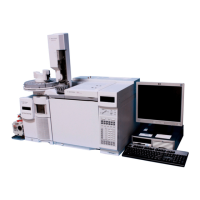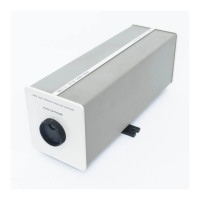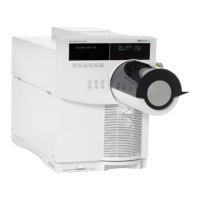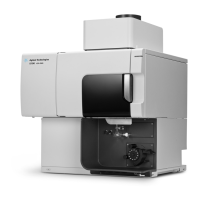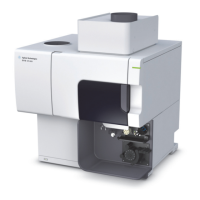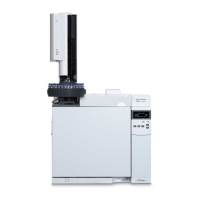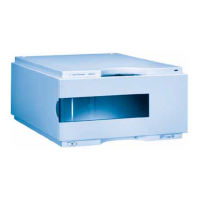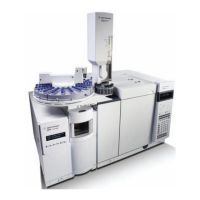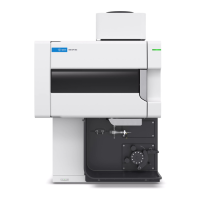
Do you have a question about the Agilent Technologies 5800 and is the answer not in the manual?
| Brand | Agilent Technologies |
|---|---|
| Model | 5800 |
| Category | Laboratory Equipment |
| Language | English |
General safety statements applicable to both Agilent 5800 and 5900 ICP-OES instruments.
Precautions to ensure the instrument is returned to a safe state after maintenance or service.
Hazards associated with the plasma, including heat, RF, and UV energy.
Hazards from heat, ozone, vapors, and fumes generated by the plasma and required exhaust system.
Risks associated with compressed gases, including asphyxiation from leaks.
Dangers of electrical circuits and components operating at high voltages.
Hazards and precautions related to materials, solvents, solutions, and airflow.
Explanation of symbols used in warnings for hazards like chemical, electrical, and hot surfaces.
Guidelines for preparing the laboratory environment before installing the ICP-OES system.
Information on the provided documentation to help set up and operate the ICP-OES system.
Explanation of formatting conventions used in the documentation, such as bold text and ALL CAPITALS.
Guidance on using 'Note' for advice and 'Tip' for practical hints for optimal performance.
Details on typical flow rates for Argon and Nitrogen gas supply for ICP-OES instruments.
Information on the instrument's exhaust system and its importance for safety.
Requirements for clean, dry, non-corrosive air for cooling instrument components.
Information on the need for a cooling water source and compatible chilling systems.
Requirements for a drain vessel for disposal of excess fluids from the spray chamber or autosampler.
A labeled diagram and description of the front and side components of the ICP-OES instrument.
Explanation of the different colors and meanings of the instrument status indicator light.
Description of the front panel power button and its associated LED indicators.
Details on the installation process for the ICP Expert software by Agilent-trained engineers.
Step-by-step instructions for connecting the ICP Expert software to the instrument.
Procedures for performing detector and wavelength calibration using ICP Expert software.
Guidance on setting up components like nebulizer, torch, or spray chamber after installation.
Detailed instructions for assembling and disassembling semi- and fully demountable torches.
A list of available accessories for the ICP-OES instrument with brief descriptions.
Steps required to measure samples, including turning on the instrument and preparing for analysis.
Procedures for turning on the instrument and software for the first time or after shutdown.
Steps involved in preparing the instrument for sample analysis, including plasma ignition.
Reference to page 24 for instructions on performing detector and wavelength calibration.
Instructions for creating new worksheets or opening existing ones in the ICP Expert software.
Guidance on developing an analytical method, including selecting elements and conditions.
Steps for setting up the autosampler and running samples for analysis.
Instructions on how to print or preview analysis reports and save them as PDF files.
Information on different standby and shutdown modes for the instrument.
Overview of routine maintenance tasks for the ICP-OES, consumables, and accessories.
Procedures for cleaning the instrument's exterior surfaces and handling spills.
Recommended cleaning procedures to maximize the usable life of the ICP-OES torch.
Guidance on accessing troubleshooting information through the ICP Expert Help and Learning Center.
Information on ordering spare parts and consumables from the Agilent website.
Contact information for technical support, available on the Agilent Technologies website.

